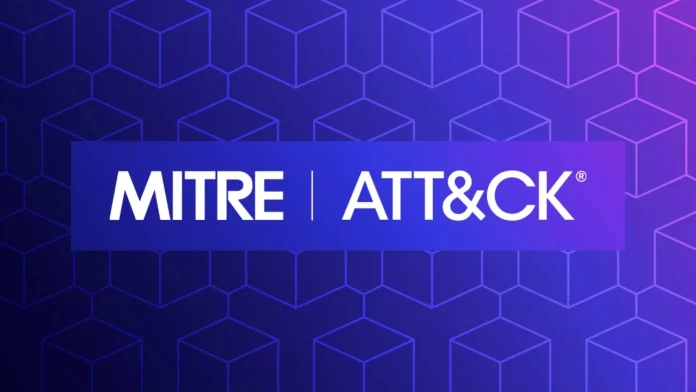In the fast-paced world of cyber security, staying ahead of cyber threats is crucial for keeping our digital world safe. But understanding how these threats change over time can feel like solving a mystery. That’s where MITRE ATT&CK comes in – it’s like a guidebook that helps us navigate the world of cyber threats. In this blog, we’re going to dive into the world of time analysis using MITRE ATT&CK data. We’ll explore how we can use simple tools to uncover trends and seasonal changes in cyber attacks.
What’s Time Analysis, and Why Does It Matter?
Time analysis is like looking at a timeline of events. It helps us see how things change over time. With MITRE ATT&CK, we can use time analysis to understand how cyber threats evolve. It’s like watching a movie of how cyber attacks happen over different periods.
How MITRE ATT&CK Helps Us Understand Time Patterns
MITRE ATT&CK is like a big book that tells us about different cyber threats and how they work. By looking at MITRE ATT&CK data over time, we can see how these threats change and evolve. This helps us prepare better and stay one step ahead of cyber attackers.
What Statistical Tools Can Tell Us
We don’t need to be math wizards to understand time patterns. There are simple statistical tools that can help us uncover trends:
- Trend Analysis: This helps us see if cyber attacks are happening more or less often over time. It’s like noticing if certain types of weather happen more often during certain seasons. Students can seek statistics assignment help online to write the best assignments on the topic.
- Seasonal Decomposition: Just like we can break down the seasons into spring, summer, fall, and winter, we can break down cyber attack data to see if there are any patterns that repeat over time.
- Autocorrelation Analysis: This helps us see if cyber attacks today are related to cyber attacks in the past. It’s like seeing if today’s weather is similar to yesterday.
Finding Patterns in Cyber Threats
By using these simple statistical tools with MITRE ATT&CK data, we can uncover some interesting patterns:
- Spotting New Threats: Sometimes, we notice sudden spikes in cyber attacks. This could mean there’s a new threat emerging, and we need to be ready for it.
- Seasonal Changes: Just like the seasons change, cyber threats can change too. For example, there might be more attacks during holidays or big events. Knowing when these spikes happen helps us prepare.
- Watching Long-Term Trends: Over time, cyber threats change. By looking at the big picture, we can see if certain types of attacks are becoming more common or less common. This helps us plan ahead and stay one step ahead of the bad guys.
How This Helps Keep Us Safe
Understanding how cyber threats change over time helps us in many ways:
- Getting Ready for New Threats: When we spot a new threat emerging, we can prepare our defenses and protect ourselves before it becomes a big problem.
- Using Resources Wisely: By knowing when cyber attacks happen more often, we can focus our efforts and resources on those times to keep our systems safe.
- Planning for the Future: Watching long-term trends helps us plan for the future. We can see what types of attacks are becoming more common and make sure we’re ready to defend against them.
Conclusion: Staying Ahead of Cyber Threats with Time Analysis
Studying the evolution of cyber threats through MITRE ATT&CK enables us to fortify our defenses against future attacks. It’s akin to wielding a prophetic tool, foreseeing potential threats and preemptively safeguarding our digital realm. As the landscape of cyber threats morphs incessantly, this insight becomes indispensable for upholding the security of our systems. Only by staying vigilant and adapting to these evolving threats can we ensure the resilience and safety of our digital infrastructure.



































